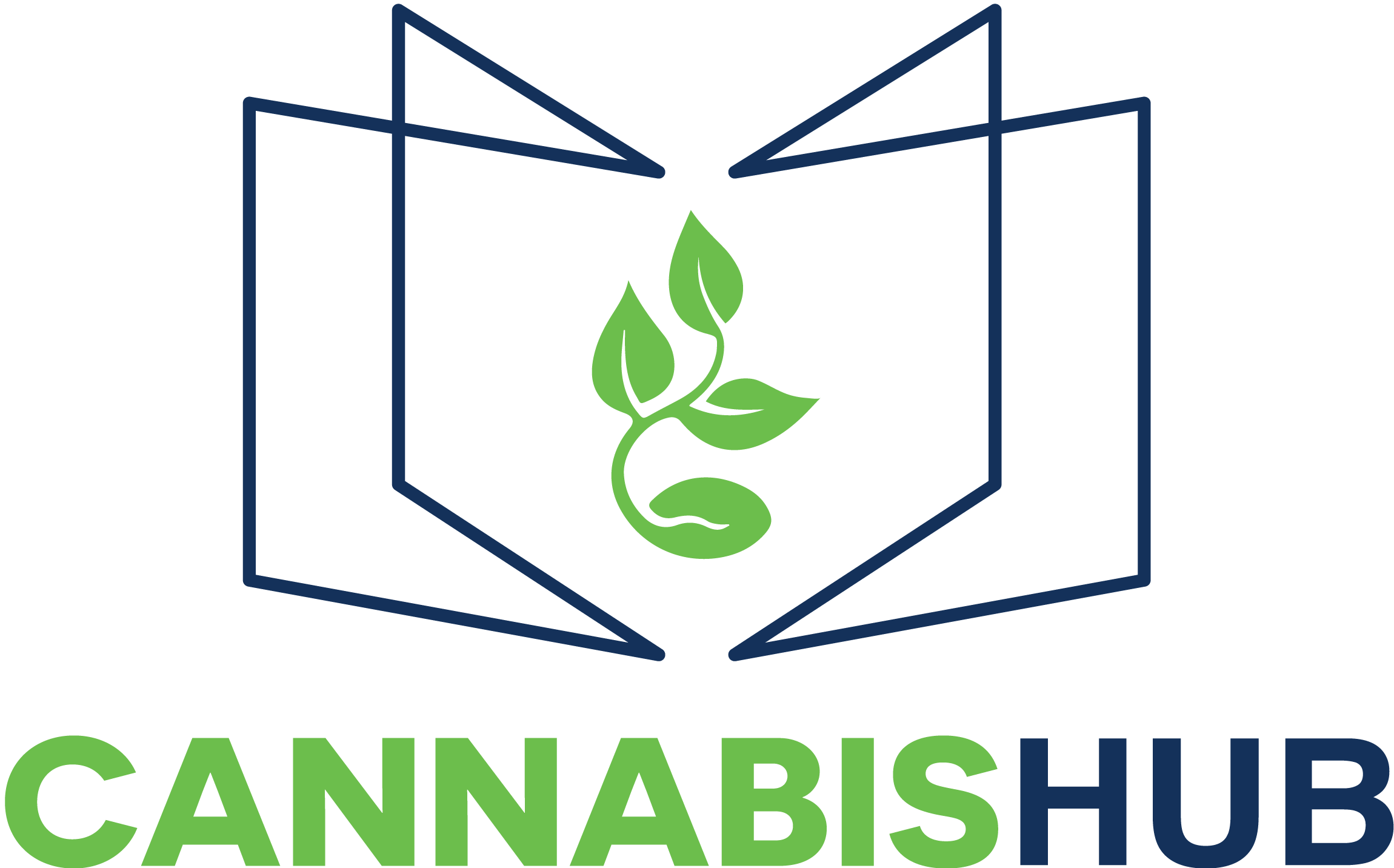This class of chemical compounds acts on cannabinoid receptors in the brain to change neurotransmitter release. These receptors are most abundant in the central nervous and immune systems and are part of the endocannabinoid system. So, what are the next big and most popular cannabinoids?
The most prevalent cannabinoids are tetrahydrocannabinol (THC) and cannabidiol (CBD). Tetrahydrocannabinol, or THC, is the main mind-altering chemical in cannabis. It is what gives users a “high.” Unlike THC, CBD is non-psychoactive and has various medicinal properties.
The Lesser-Known Cannabinoids
Many other cannabinoids are gaining attention for their potential therapeutic benefits. These lesser-known cannabinoids include cannabigerol (CBG) and cannabinol (CBN).
Cannabigerol (CBG)
Cannabigerol is a non-psychoactive cannabinoid widely known to have anti-inflammatory and antibacterial properties.

Cannabinol (CBN),
Cannabinol is a product derived from THC breaking down and has sedative effects.
These lesser-known cannabinoids show promise for their potential medicinal benefits. However, we need more research to understand how they function and what possible applications they may have.
What Are The Next Big Cannabinoids?
Scientists are only beginning to study the following big cannabinoids for their potential therapeutic benefits. These are not the most popular cannabinoids but are sure to be big. They include cannabidivarin (CBDV), cannabichromene (CBC), and tetrahydrocannabivarin (THCV).
Cannabidivarin (CBDV)
CBDV is a non-psychoactive cannabinoid that has anti-epileptic and anti-nausea effects.
Cannabichromene (CBC)
CBC is a non-psychoactive cannabinoid that has anti-inflammatory and analgesic properties.
Tetrahydrocannabivarin (THCV)
THCV is a psychoactive cannabinoid similar to THC but with different effects. THCV is known to be more energizing and can help reduce anxiety.

Microdosing Cannabinoids
Microdosing cannabinoids is a new trend gaining popularity among those who want to experience the benefits of cannabis without intoxication. By taking small doses of THC or CBD, users can enjoy the therapeutic effects of cannabis without getting high.
What Are The Benefits Of Using Cannabinoids?
Cannabinoids have a wide range of potential therapeutic benefits. They treat various conditions such as pain, inflammation, anxiety, and epilepsy effectively.
The Risks And Potential Side Effects Of Using Cannabinoids?
Cannabinoids are generally considered safe. However, some people may experience side effects such as dry mouth, dizziness, and fatigue. Therefore, starting with a low dose and increasing as needed is essential to avoid these side effects.
The American Congress of Obstetricians and Gynecologists (ACOG) recommends avoiding marijuana while pregnant as there might be risks.
What Are Synthetic Cannabinoids?
Synthetic cannabinoids are artificial chemicals that mimic the effects of THC. These drugs are often more potent than natural THC and can be very dangerous. Vendors often sell synthetic cannabinoids as ‘herbal incense’ or ‘legal highs. However, they can be dangerous because it is difficult to know what chemicals they contain and how potent they are. Therefore, synthetic cannabinoids are not safe, and you should avoid them.
Final Word
Cannabinoids are a class of diverse chemical compounds with a wide range of potential therapeutic benefits. The most popular cannabinoids include THC and CBD; however, many other lesser-known cannabinoids are gaining attention for their potential medicinal uses. Microdosing cannabinoids is a new trend gaining popularity among those who want to experience the benefits of cannabis without intoxication.
Learn more about cannabinoids with the Cleveland School of Cannabis.


